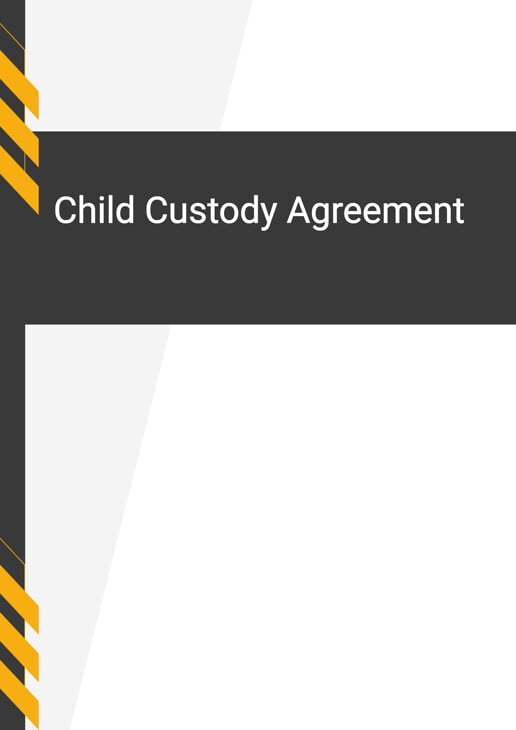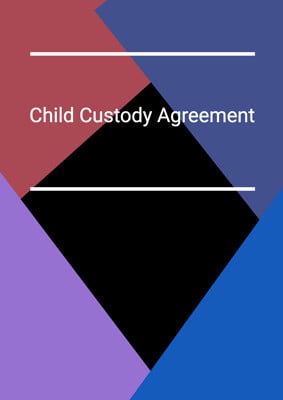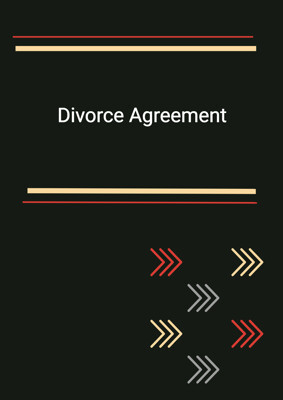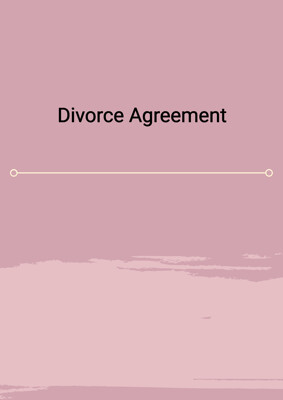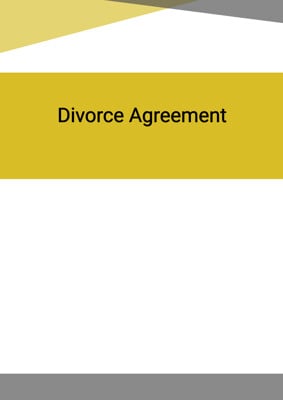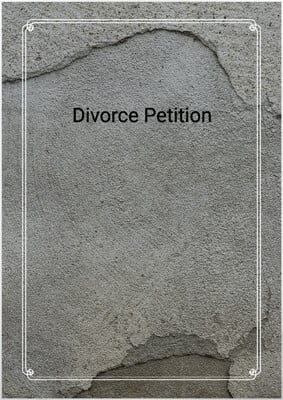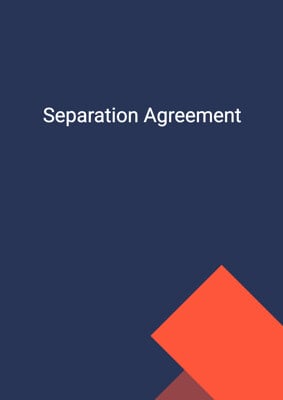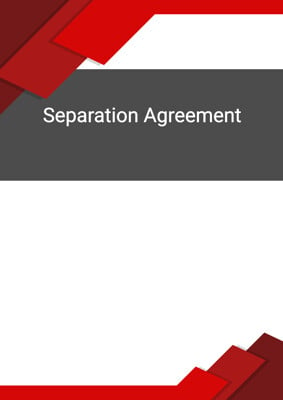How to Tailor the Document for Your Need?
01
Create Document
Fill in the details of the parties. You can click the "Fill with Member’s Information" button to complete it with information saved to your account.
02
Fill Information
Please fill in any additional information by following the step-by-step guide on the left hand side of the preview document and click the "Next" button.
03
Get Document
When you are done, click the "Get Document" button and you can download the document in Word or PDF format.
04
Review Document
Please get all parties to review the document carefully and make any final modifications to ensure that the details are correct before signing the document.
Document Preview
Document Description
The Child Custody Agreement is a legal document that outlines the terms and conditions relating to the care and custody of a minor child. This agreement is made between the father and mother, who are the parents or legal guardians of the child. The importance of this document lies in its ability to provide a clear and legally binding framework for the upbringing of the child.
The document begins with a brief introduction, stating the names of the parties involved and their addresses. It also confirms that no other minor child has been born during the marriage. The parties have agreed to enter into this agreement to settle the terms and conditions relating to the care and custody of the child.
The document is divided into several sections, each addressing a specific aspect of the child custody arrangement. The first section deals with legal custody, stating that the father shall have sole and exclusive legal custody of the child. This means that the father has the authority to make all decisions regarding the upbringing of the child, including matters of health, education, medical and dental care, and religion.
The second section addresses physical custody, stating that the father shall have primary physical custody of the child. The child will reside with the father, and the father will be responsible for making all routine and day-to-day decisions regarding the child. In the event of the father's death or incapacity, the father will assume all responsibilities as the custodial parent.
The third section deals with child support. It acknowledges that there is an existing child support order in place, and provides details of the order. If there is a need to modify the child support order, the parties can do so by agreement and with court approval. The mother is responsible for paying child support to the father on a monthly basis, and she is also responsible for medical and dental insurance for the child, as well as other reasonable expenses related to the child's schooling.
The fourth section addresses visitation rights. It outlines the visitation arrangement between the parties, stating that the mother shall have the privilege of having the child at her residence according to a specified schedule. The parties are responsible for transporting the child to and from visitations, and the mother's visitation rights should not interfere with the child's education and normal social and school activities.
The fifth section covers holiday, special days, and vacation arrangements. It specifies which holidays each party will have the child for, and allows for mutual agreement on visitation arrangements for school breaks and special days. The mother is entitled to up to two weeks of unrestricted access to the child for vacation, provided that the father works with her to schedule the vacation on convenient dates.
The sixth section includes additional provisions, such as respecting each other's parenting skills, maintaining communication regarding residential addresses and contact information, and sharing information related to the child's health and education. It also addresses the issue of changing the child's residence and provides a process for resolving any differences or disputes that may arise.
The document concludes with standard clauses, such as a no waiver clause, an amendment clause, a severability clause, and an entire agreement clause. It also states that the agreement is binding upon the parties and their respective legal representatives, heirs, administrators, executors, successors, and assigns.
In summary, the Child Custody Agreement is a comprehensive document that covers all aspects of the care and custody of a minor child. It provides a clear framework for decision-making, visitation rights, child support, and other important matters. By entering into this agreement, the parties can ensure that the best interests of the child are protected and that both parents have a clear understanding of their rights and responsibilities.
How to use this document?
1. Determine legal custody: The father will have sole and exclusive legal custody of the child, meaning he has the authority to make all decisions regarding the child's upbringing.
2. Establish physical custody: The father will have primary physical custody of the child, and the child will reside with him. The father will be responsible for making routine and day-to-day decisions regarding the child.
3. Understand child support obligations: The parties should be aware of the existing child support order and any modifications that may be necessary. The mother is responsible for paying child support to the father on a monthly basis, as well as other expenses related to the child's schooling.
4. Arrange visitation rights: The mother will have visitation rights according to a specified schedule. The parties should exchange the child at a designated location, and transportation costs should be borne by the father.
5. Plan for holidays and vacations: The parties should agree on the visitation arrangement for holidays and special days. The mother is entitled to a certain number of weeks of unrestricted access to the child for vacation, and both parties should work together to schedule the vacation.
6. Follow additional provisions: Both parties should respect each other's parenting skills and maintain communication regarding residential addresses and contact information. They should also share information related to the child's health and education.
7. Address disputes through mediation: If any differences or disputes arise, the parties should attempt to resolve them amicably and through mediation before seeking court intervention.
8. Understand the legal implications: The agreement is legally binding and should be followed by both parties. Any changes to the agreement should be made in writing and signed by both parties.
9. Seek legal advice if needed: If there are any questions or concerns about the agreement, it is advisable to consult with a lawyer for guidance and clarification.
10. Keep the child's best interests in mind: Throughout the process, both parties should prioritize the child's well-being and ensure that their decisions and actions are in the child's best interests.
Not the right document?
Don’t worry, we have thousands of documents for you to choose from:
